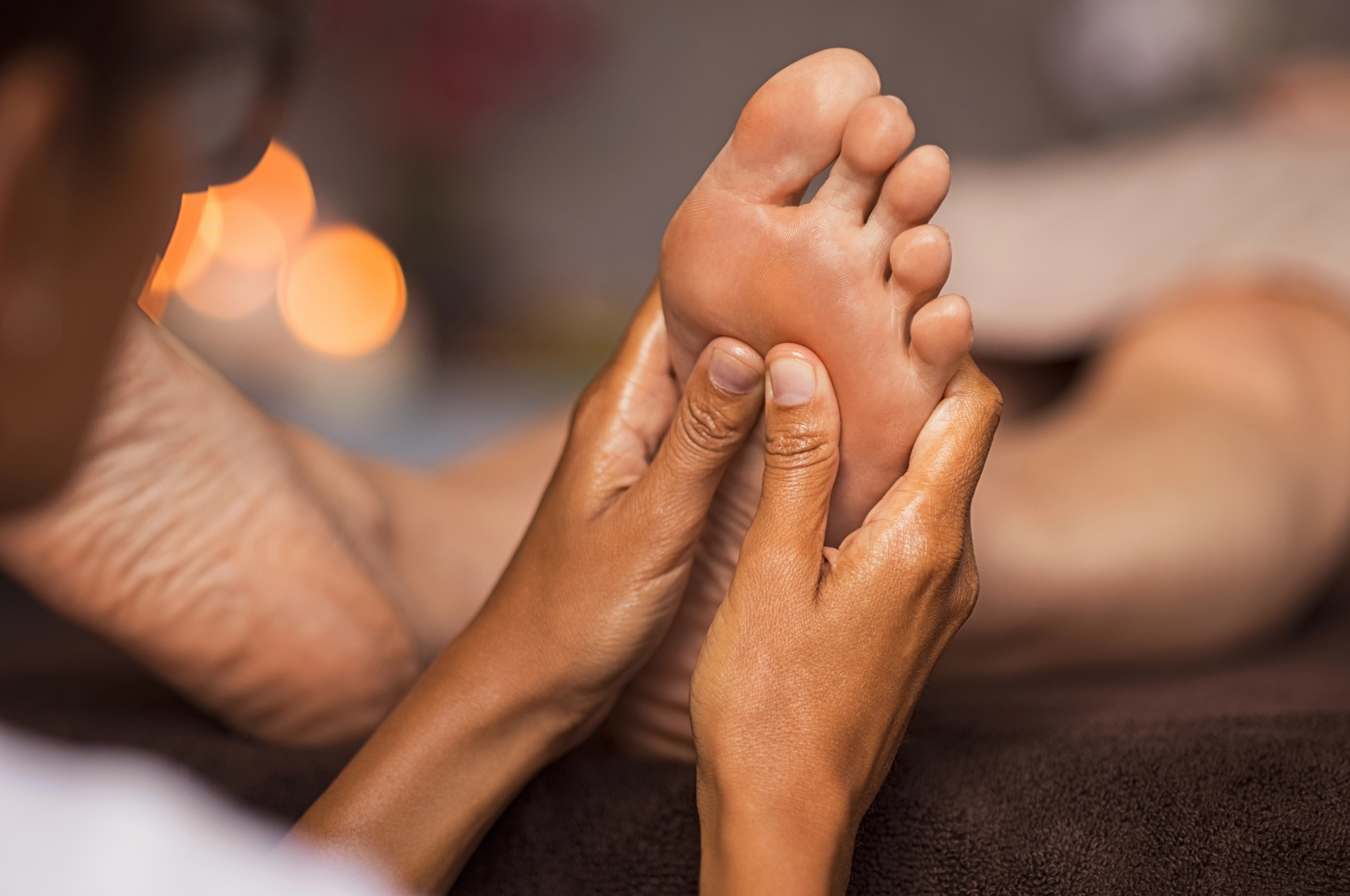
Reflexology, an ancient healing practice, has emerged as a popular holistic therapy that focuses on specific pressure points in the body to encourage healing and relaxation. But what exactly is reflexology, and how does it work? Let’s dive into the fundamentals and explore its benefits.
The basics of reflexology
Reflexology is a therapeutic technique that involves applying pressure to reflex points on the feet, hands, and ears. These reflex points correspond to different organs, systems, and body parts. Practitioners, known as reflexologists, stimulate these points with their fingers and thumbs to promote healing and balance in the body.
The underlying principle of reflexology is that there are “reflex areas” in the hands and feet that mirror or are connected to every part of the body. A reflexologist can help release tension, improve circulation, and encourage the body’s natural healing processes by working on these points.
The history of reflexology
Reflexology is rooted in ancient healing traditions. It has been practiced for centuries in ancient Egypt, China, and India. The earliest evidence of this practice comes from a wall painting in an Egyptian tomb dating back to 2330 BC, which depicts people receiving foot and hand massages.
Modern reflexology, as we know it today, was developed in the early 20th century. It was first introduced by Dr. William Fitzgerald, an American ear, nose, and throat specialist, who discovered the concept of “zone therapy.” He found that pressure applied to specific body areas could relieve pain in related areas. Later, Eunice Ingham, a nurse and physiotherapist, expanded on his work, focusing on the reflex points of the feet and hands. She is considered the “mother of modern reflexology.”
How does it work?
Reflexology operates on the belief that energy, or “qi,” flows through the body, and blockages in this flow can lead to illness or discomfort. Reflexologists use specific techniques to manipulate reflex points, stimulating the nervous system and encouraging the body to unblock the energy pathways. This can promote a sense of well-being and help the body return to balance.
Each reflex point on the feet, hands, or ears corresponds to an organ or system in the body. For example, the tips of the toes are believed to correspond to the head, while the heart and chest are connected to the ball of the foot. Reflexologists aim to alleviate symptoms associated with various health conditions, such as headaches, digestive issues, back pain, and stress by stimulating these points.
The benefits of reflexology
Many people turn to reflexology for its potential physical and emotional benefits. While scientific research on the effectiveness of this practice is still evolving, there is evidence to suggest that it may help with:
Stress and relaxation: Reflexology is widely known for its relaxing effects. By stimulating the reflex points, it can help reduce stress, promote relaxation, and improve sleep quality.
Pain relief: Reflexology manages pain, particularly for headaches, migraines, arthritis, and lower back pain. The practice releases endorphins, the body’s natural painkillers.
Improved circulation: This practice may enhance blood circulation, allowing oxygen and nutrients to reach cells more efficiently and promoting better overall health.
Support for the body’s natural healing: Reflexology supports the body’s ability to heal itself naturally by addressing imbalances.
Boosted immune system: Reflexology can stimulate the lymphatic system, which helps to flush out toxins and improve immune function.
What to expect during a session
A typical session lasts between 30 to 60 minutes. During the session, clients sit or lie in a relaxed position. The reflexologist asseses health and well-being before applying pressure to specific points on the feet, hands, or ears.
The experience is generally relaxing, although some areas may feel tender or sensitive, which often indicates imbalances in the corresponding body part. Reflexologists use their hands to apply varying degrees of pressure, depending on the client’s needs and comfort level.
Is reflexology safe?
Reflexology is generally considered a safe and noninvasive therapy for people of all ages. However, before beginning treatments, it is essential to consult with a healthcare provider if you have specific health concerns, such as circulatory issues, foot injuries, or pregnancy.
Book a massage!
Reflexology encourages balance and harmony by tapping into the body’s natural energy pathways, offering a sense of well-being from the inside out. We offer 30 and 60-minute sessions.
